Key Takeaways
- Understanding Tarot Cards: Tarot decks consist of 78 cards divided into Major and Minor Arcana, each offering unique insights into different aspects of life.
- How to Read Tarot Cards: Learn to interpret card meanings, start with simple spreads, and trust your intuition for personal readings.
- Beginner Tips: Keep a tarot journal, ask clear questions, and practice regularly to improve your reading skills.
- Common Misconceptions: Tarot is not about absolute predictions but about exploring possibilities and gaining personal insights.
- Benefits of Tarot: Tarot aids in self-reflection, decision-making, and personal growth, providing deeper understanding and clarity.
What Are Tarot Cards?
Tarot cards are a set of 78 cards used for divination, reflection, and personal insight. Originating in the 15th century, tarot cards have evolved from playing cards into a tool for spiritual guidance and self-discovery. They are often associated with predicting the future, but they can also offer valuable insights into your current life situation, personal challenges, and potential paths forward.
The Structure of a Tarot Deck
A traditional tarot deck is divided into two main parts: the Major Arcana and the Minor Arcana.
1. Major Arcana
The Major Arcana consists of 22 cards, each representing significant life events, spiritual lessons, or archetypal figures. These cards are numbered from 0 to 21 and include well-known cards such as The Fool, The Magician, and The World. Each Major Arcana card carries deep symbolic meaning and is often seen as representing major life themes or spiritual insights.
2. Minor Arcana
The Minor Arcana includes 56 cards divided into four suits: Cups, Pentacles, Swords, and Wands. Each suit represents different aspects of daily life and personal experience:
- Cups: Emotions, relationships, and creativity.
- Pentacles: Material aspects, career, and finances.
- Swords: Intellect, conflict, and decision-making.
- Wands: Ambition, action, and inspiration.
Each suit contains 14 cards: ten numbered cards and four court cards (Page, Knight, Queen, and King).
How to Read Tarot Cards
Reading tarot cards involves interpreting the symbolism and messages of each card to gain insights into various aspects of your life. Here’s a basic guide to get you started:
1. Choose a Tarot Deck
For beginners, it’s essential to choose a deck that resonates with you. There are many styles of tarot decks available, ranging from traditional to contemporary. Look for one that visually appeals to you and feels comfortable.
2. Learn the Basics
Familiarize yourself with the meanings of each card in your deck. Start by understanding the Major Arcana cards and their symbolic meanings, then move on to the Minor Arcana suits and their interpretations.
3. Practice Simple Spreads
A tarot spread is a layout of cards used for a reading. Start with simple spreads, such as:
- The Three-Card Spread: This spread uses three cards to represent the past, present, and future or situation, action, and outcome.
- The Single-Card Pull: Draw a single card for daily guidance or a specific question.
4. Interpret the Cards
When interpreting the cards, consider their positions in the spread, their individual meanings, and their interactions with other cards. Pay attention to your intuition and feelings about the cards. The imagery and symbolism often provide additional layers of meaning.
Tips for Beginners
- Start with a Journal: Keep a tarot journal to record your readings, interpretations, and personal insights. This practice helps you track patterns and improve your understanding over time.
- Ask Clear Questions: Formulate clear and specific questions to get more precise answers from your readings.
- Trust Your Intuition: While learning the meanings of the cards is essential, trust your intuition and personal interpretations.
- Practice Regularly: The more you practice, the more comfortable and skilled you will become in reading tarot cards.
Common Misconceptions About Tarot
- Tarot Cards Are Predictive: While tarot can offer insights into potential outcomes, it is not a tool for absolute predictions. It’s more about exploring possibilities and gaining clarity.
- Tarot Is Fortune-Telling: Tarot is often misunderstood as mere fortune-telling. In reality, it is a tool for reflection and personal growth.
- Tarot Cards Have Magical Powers: Tarot cards themselves do not possess magical powers; the value lies in their symbolic meanings and how they are interpreted.
The Benefits of Using Tarot Cards
- Self-Reflection: Tarot helps you gain a deeper understanding of yourself and your life situation.
- Decision-Making: It can provide guidance on making informed decisions by highlighting various aspects of a situation.
- Personal Growth: Tarot encourages introspection and personal development by exploring your thoughts and feelings.
Conclusion
Tarot cards are a fascinating tool for self-discovery and reflection. Whether you’re seeking guidance, exploring your inner self, or simply curious, understanding the basics of tarot can open up a world of insight and possibility. Remember, tarot is a journey of learning and intuition, and with practice, you can unlock its deeper meanings and benefits.
Feel free to explore different decks, try various spreads, and most importantly, trust your own insights as you embark on your tarot journey.
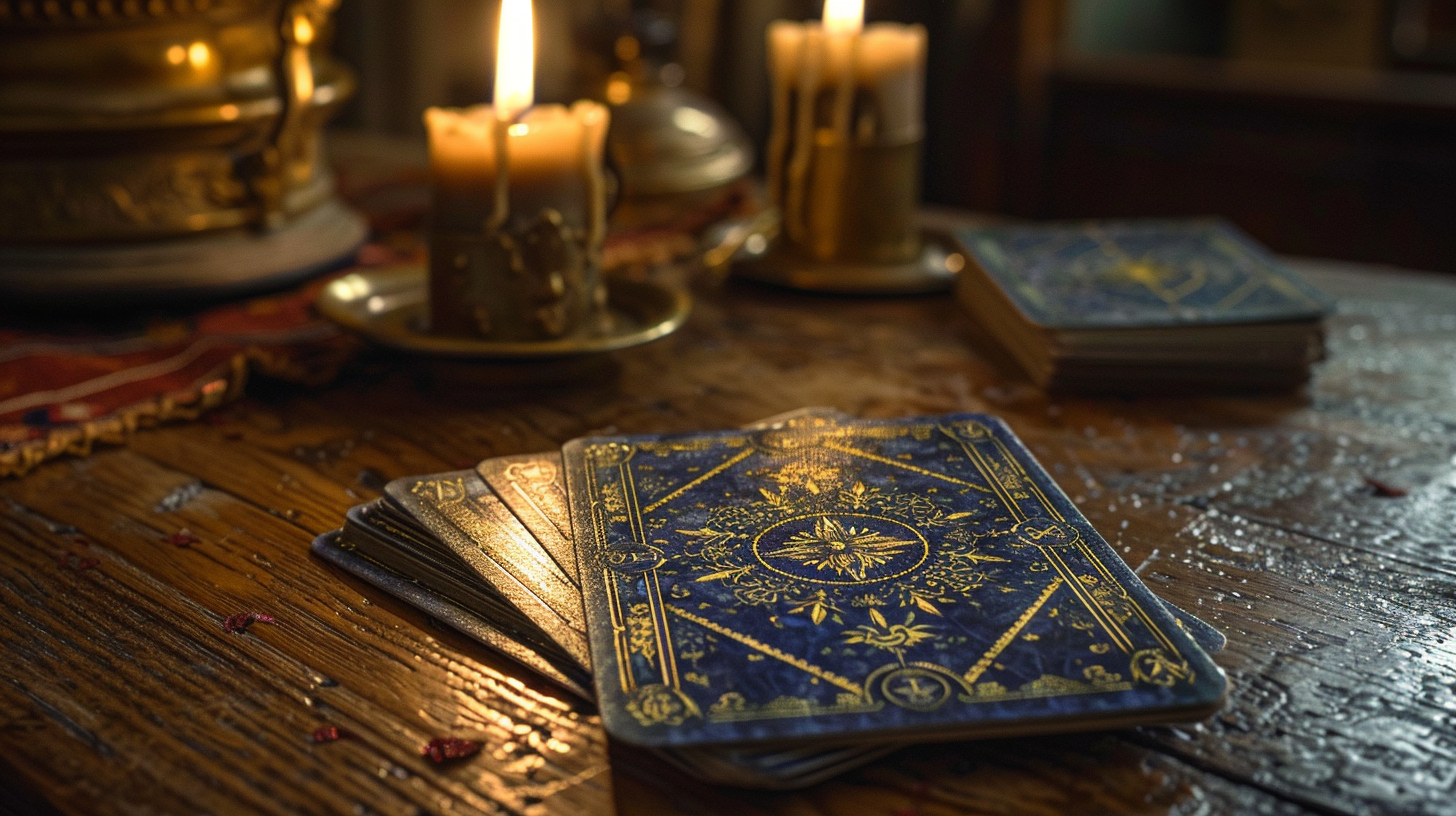


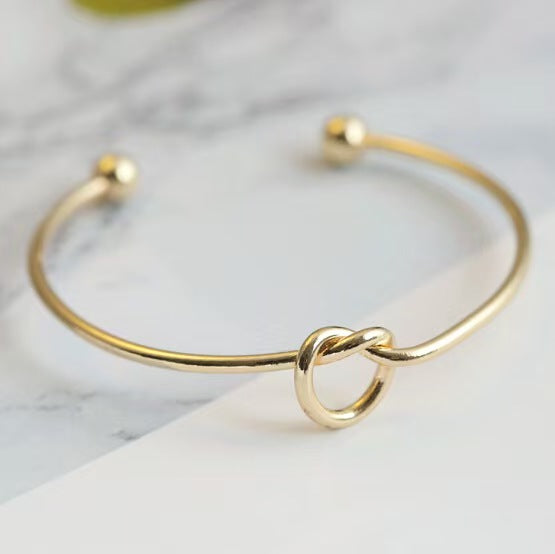
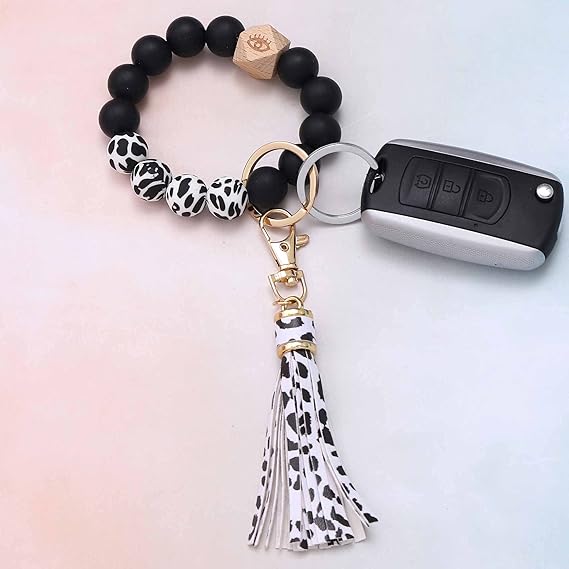
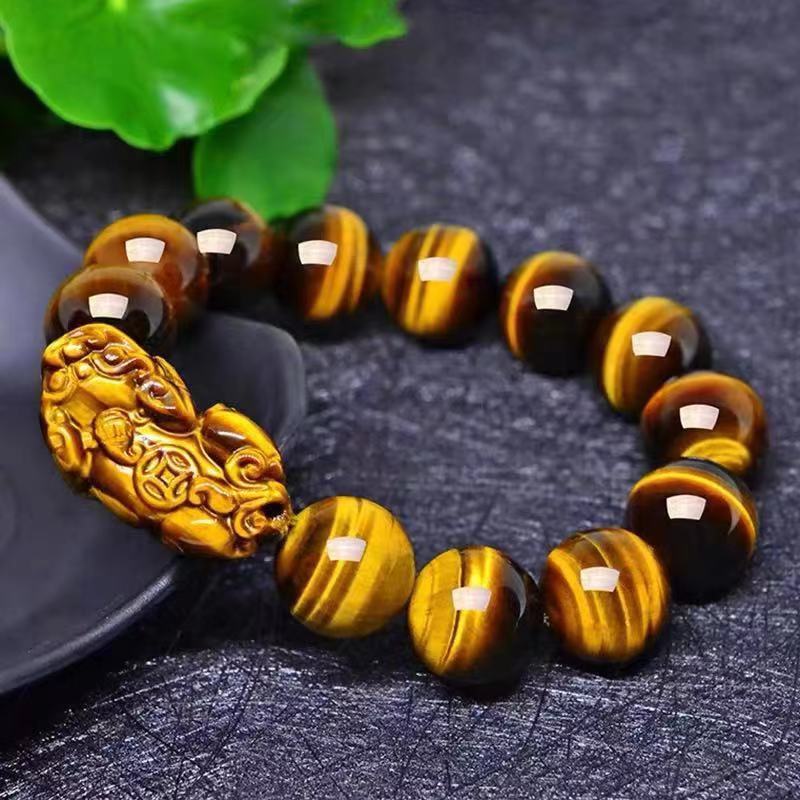
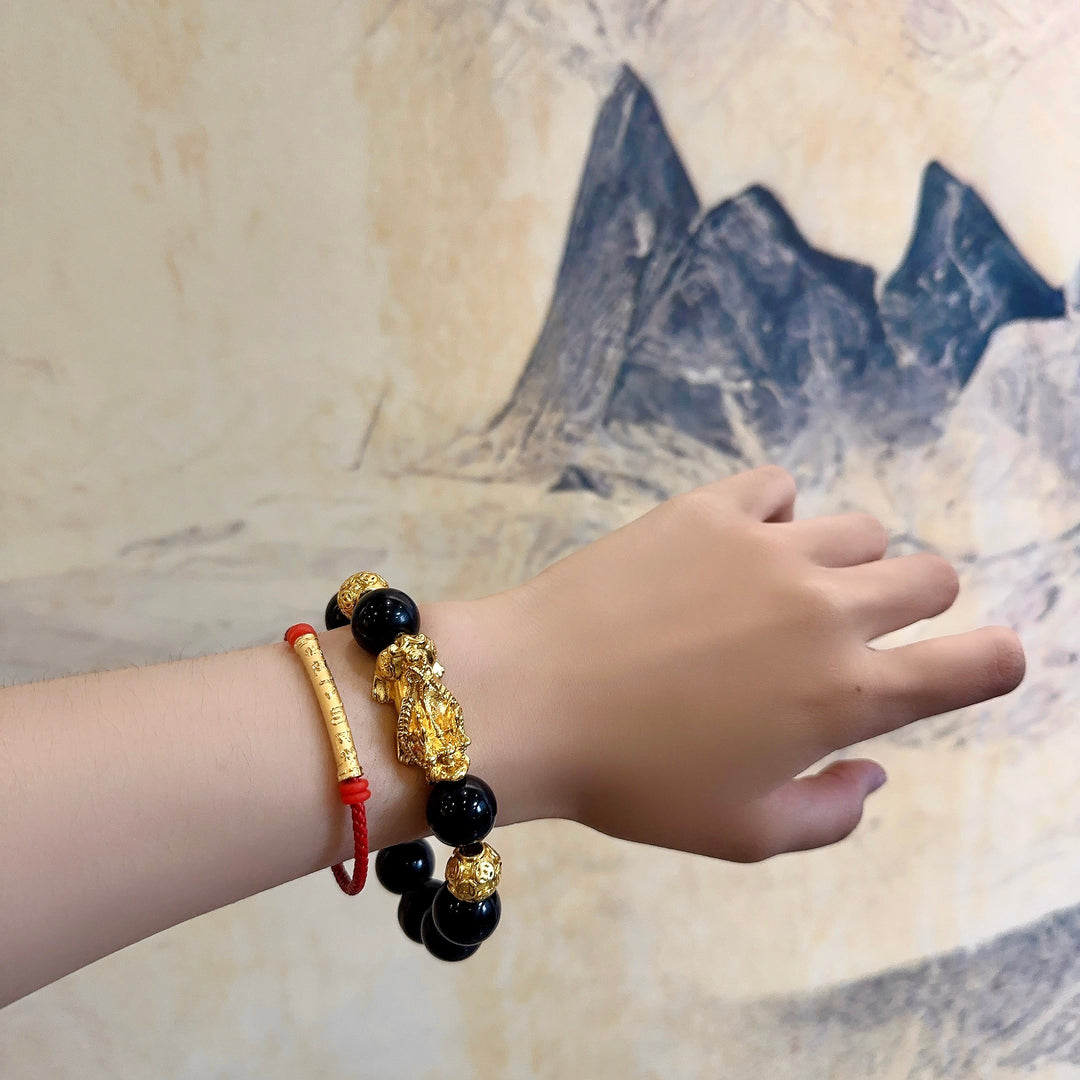







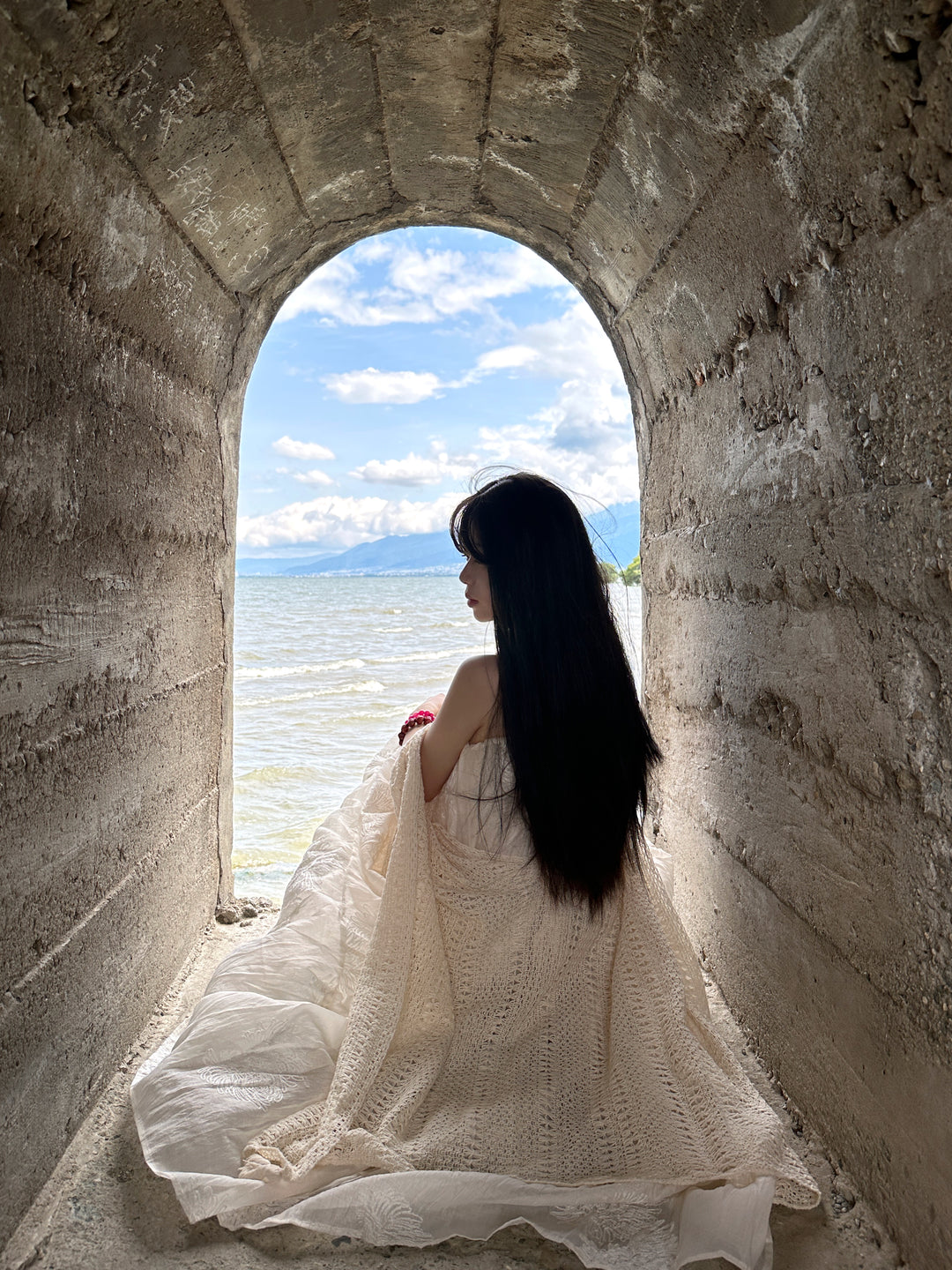
Leave a comment